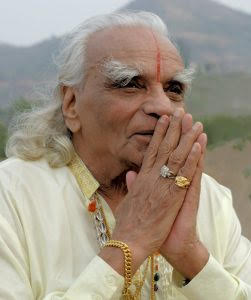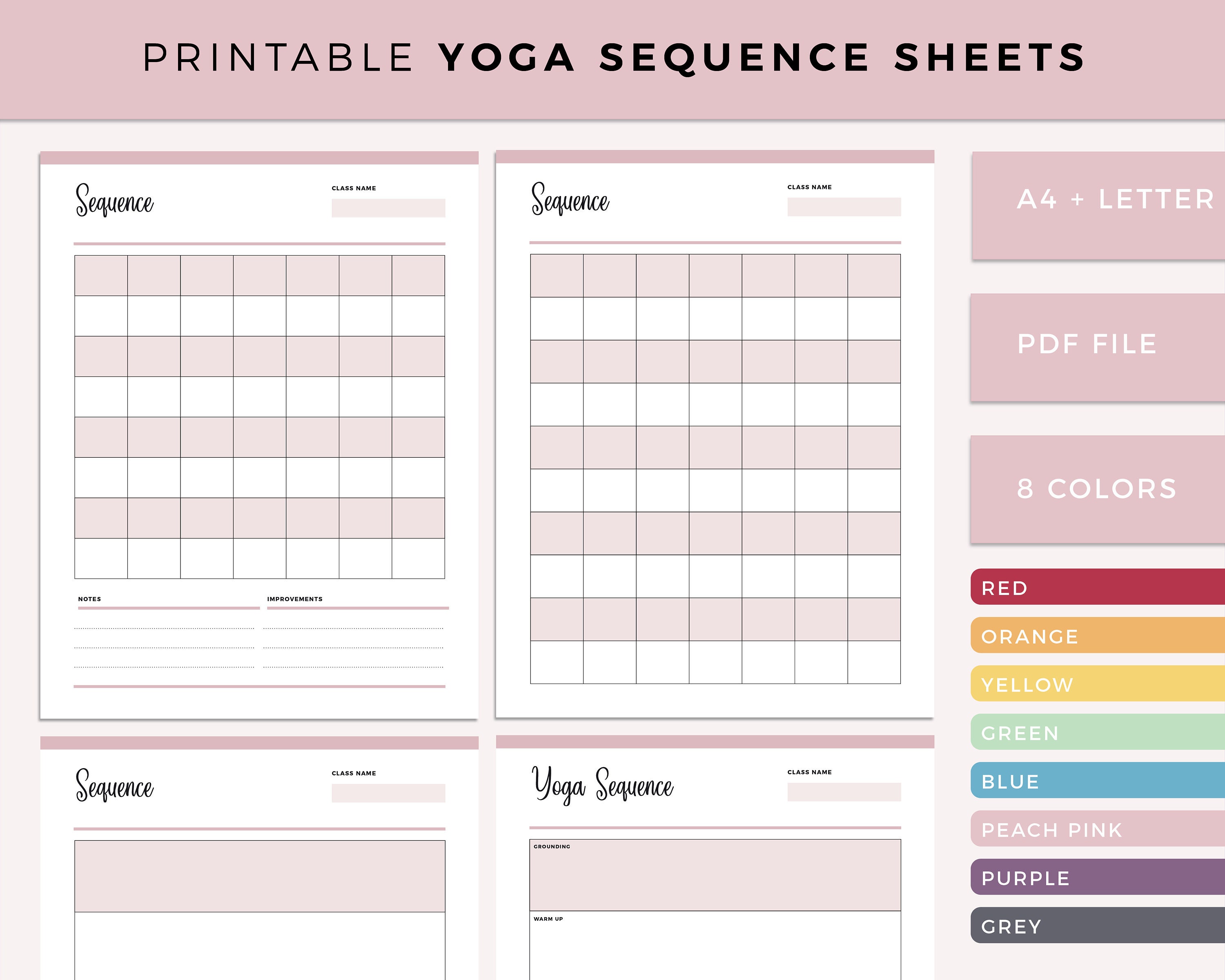
It is sometimes difficult to understand the anatomy and benefits of yoga poses. It is crucial to practice yoga with your own body in view. While most people attribute their limitations to tight muscles, it is actually compression that is the main culprit. Although it might seem scary, it is quite common and it's not something you should be worried about. To reap the benefits of yoga, you need to understand the anatomy. This article will help you to make it easier to perform your yoga poses.
Yoga poses are largely determined by the anatomy of the muscles. The hamstrings, in general, are responsible for knee extension or flexion. They are located at the pelvic floor and run down to the elbow. The hamstrings are important in yoga for hip extension and hip flexion. There are many variations of the hamstrings and it is important to know which one you have before you attempt any yoga poses.

The hamstrings are the muscles that are responsible for the extension of the knee. They are found in the iliac spine and femur and insert into the posteriorcalcaneus. For many types of yoga, the hamstrings play an essential role. Gastrocnemius, on other hand, comes from the medial andlateral condyles in the femur. He is responsible for plantarflexion.
Each human body is unique, as mentioned earlier. While the yoga world would like you to believe otherwise, the truth is that every body is anatomically unique and will not perform the same poses. Your ability to attain the desired results in any of the yoga poses can be affected by differences in your anatomy, whether you are a woman (or a man) You need to be aware of your unique anatomical characteristics in order to properly practice yoga.
You should know how your body works, not only yoga poses. The adducted, elongated and basic muscles should all be well-known. You need to be familiar with the differences between abduction or flexion as well as how your body moves through each. If you are new to yoga, consult your instructor before beginning a class.

Unlike photographs of yogis, each person's body is unique. The result is that no two people can achieve the same yoga poses. You can start by looking at photos of hundreds of yoga poses, with the correct anatomy. But it is not enough. You need to understand the physiology of yoga so that you can safely practice it. For instance, you should learn how to do a specific pose with the aid of an exercise video.
FAQ
Is Yoga Beneficial?
Yoga has existed since ancient times. It has only recently been more popular. Celebrities and ordinary people love yoga.
Yoga is great because it strengthens your muscles as well as stretches them. It calms you down and relaxes you.
Yoga and other forms exercise differ in that yoga is focused on breathing techniques.
Different poses can be practiced to increase flexibility and balance.
Is weightlifting more effective at burning fat?
Although weight lifting can help you lose fat more quickly, it is best to combine it with cardio exercises.
It is important to do weightlifting right after cardio exercise in order to reap the full benefits.
If done correctly weightlifting can raise your heart rate, oxygen consumption and help you lose weight.
You will not notice any changes in your body composition if you don’t combine it and cardio.
How many calories do I need to eat each day?
The exact amount varies depending on the person. On average, between 2000 and 2500 calories a day. Based on your age, gender, height and activity level, you will need to calculate how many calories you require.
Why Metabolic Well-being is the Key to Aging Well
People are living longer lives today than at any point in history. They are also becoming more sick as a result. Our current medical science approach is not working, even though we've made many advances.
It's time to change our perceptions of health and aging. Healthy aging is possible only if we look at our metabolic health, not just weight loss, but also overall well-being.
If you want to live a healthy, active lifestyle for the rest of your life, it is important to maintain a strong metabolism throughout your entire life.
There are many ways you can improve your metabolic health. One way to improve your metabolic health is to incorporate these seven foods into your daily diet.
-
Resveratrol has been proven to increase cellular longevity. They also provide antioxidants and vitamins C & E.
-
Beans like lentils and pinto beans are excellent fiber and plant-based protein sources. These nutrients help keep blood sugar levels steady so they won't spike and crash.
-
Broccoli contains sulforaphane, shown in studies to protect cells against DNA damage. It may even slow down cancer growth.
-
Chia Seeds are high in omega-3 fatty acids and fiber. They are also rich in antioxidants, protein, and fiber. All these nutrients support heart health, brain function and gut health.
-
Green tea contains catechins, which are polyphenols. Studies show that catechins in green Tea can reduce the risk of developing diabetes, stroke, cognitive decline, and bone fractures.
-
Salmonis rich in vitamin D and low in saturatedfat, salmon is one of the best sources for lean protein.
-
Walnuts are rich sources of omega-3s and antioxidants, such as alpha lipoic (ALA). ALA is an antioxidant that protects against inflammation. It also boosts energy production.
Is Egg good for man?
The egg is rich in all nutrients needed by the human body. It also helps maintain strong bones, a healthy heart and lungs, and stable blood pressure.
Eggs are a good source of protein and vitamins A, B12, D, E K, calcium, phosphorus iron, zinc copper, magnesium selenium and even riboflavin.
Egg yolks are high in cholesterol. However, it doesn't contain saturated fat. Eggs contain less saturated fat than most other foods.
They are also low in calories and sodium. They can also be prepared in many different ways. You can cook them in many ways, including poaching, boiling, hard-boiling, baking, and scramble.
They are very nutritious and easy-to-prepare.
You should eat at least two whole eggs per day. You should eat eggs if you are allergic to them.
Our bodies need eggs to provide the essential nutrients they require. Try adding them to your daily diet today.
Do I need to exercise every morning?
No! Do at least 30 minutes of moderate intensity physical activity five days a week. That means walking fast enough to be slightly out of breath or biking hard enough to sweat.
Statistics
- Candidates and applicants must pass all four tests at 70% (minimum level) to graduate from Basic Deputy U.S. Marshal (BDUSM) Training. (usmarshals.gov)
- 10 pounds in a month is likely during a lean bulking phase, especially for beginners. (muscleandstrength.com)
- Are You One of the 20% of Guys (mh.co.za)
- According to the American Heart Association, blood pressure should be checked at least once every two years, beginning at age 20. (my.clevelandclinic.org)
- According to the American Academy of Dermatology (AAD), men over 50 are at a heightened risk of developing it. (healthline.com)
External Links
How To
How can I burn fat and exercise?
Exercise reduces calories by increasing metabolism, and oxygen consumption.
Moderate intensity exercise is a safe way to lose weight.
To burn fat while exercising, follow these tips:
-
Cardio exercises include walking, running, swimming, cycling, running and jogging.
-
Three times per week, exercise for 30 minutes.
-
You can add strength training into your exercise routine if you're looking to lose even more weight.
-
Avoid doing intense exercises. You can build muscle without having to lose muscle tissue.
-
When exercising, make sure to drink lots of water. Water is essential for flushing out toxins and keeping your body hydrated.
-
After exercising, you should drink low-fat protein drinks. Protein shakes boost energy and repair muscle tissue.
-
So you don’t feel hungry, eat smaller meals throughout your day.
-
Don't skip breakfast! Skipping breakfast can cause you to feel tired and sluggish.
-
Take care of your mental health. Stressful situations can slow metabolism.
-
Keep a positive attitude. Research shows that overweight people gain more weight if they believe they are overweight than those who believe they look good.
-
Sleep enough. It is harder to lose fat if you don't get enough sleep.
-
Always be active. Move around at least once an hour.
-
Maintain a healthy diet. A healthy diet will help you feel fuller for longer.
-
Relaxation is possible by finding ways to relax. An anxious mind won't allow your body release stress hormones, which can lead to the destruction of muscle tissue.
A balanced diet is one that includes all of the essential nutrients required for growth.
Six small meals per day is better than three large meals. This gives your body the time it needs to process what you've eat.
For strong bones, we need 500 mgs of calcium daily. Calcium is found in dairy products like yogurt, fortified milk beverages, orange juices, cereals and bread.
Calcium is found in leafy vegetables, beans and tofu, as well nuts, seeds and cheese.
Your body needs vitamin D to absorb calcium. Vitamin D is found in eggs yolk, fatty fish and fortified foods.
Vitamin E is essential for skin health. Vitamin E is found in vegetable oils and wheat germ oil, as well as peanuts, almonds and sunflower seeds.
Your body requires zinc for normal immune function and wound healing. Zinc can be found in seafood, legumes and meats.
Zinc deficiency can cause fatigue, loss of appetite, depression, and impaired immunity.
Consuming too much sugar can cause insulin resistance. This causes an increase in blood glucose levels. Insulin resistance is linked to weight gain.
Insulin resistance occurs when the bloodstream is full of free radicals. Free radicals can be molecules with unpaired electrons that cause damage to cell membranes.
The most common sources of free radicals include food additives.
Free radical damage may lead to cancer, heart disease diabetes, arthritis, asthma and other conditions.
The best way to avoid free radicals is to eat a balanced diet high in antioxidants. Antioxidants protect against oxidative damage.
Vitamin C, beta carotene (found within citrus fruits, carrots, sweet potatoes and spinach), Vitamin E (found inside nuts, olive oils, avocados and eggs), and Vitamin C (found among mangoes.
Selenium, copper as well as manganese and zinc are some other antioxidant nutrients.
Selenium helps to protect cells against free radicals and oxidative stress. Selenium can also be found in Brazil nuts (tuna), liver, kidneys and shrimp.
Copper protects the brain, eyes, lungs, and red blood cells. Copper can be found in shellfish and poultry as well as meat and organ meats.
Manganese forms an essential part of bone structure. Manganese is found in brown rice, spinach, bananas, prunes, raisins, oatmeal, and lentils.
Zinc helps with normal growth, reproduction, as well as wound healing. Zn is found in lean meats, poultry, white fish and eggs.